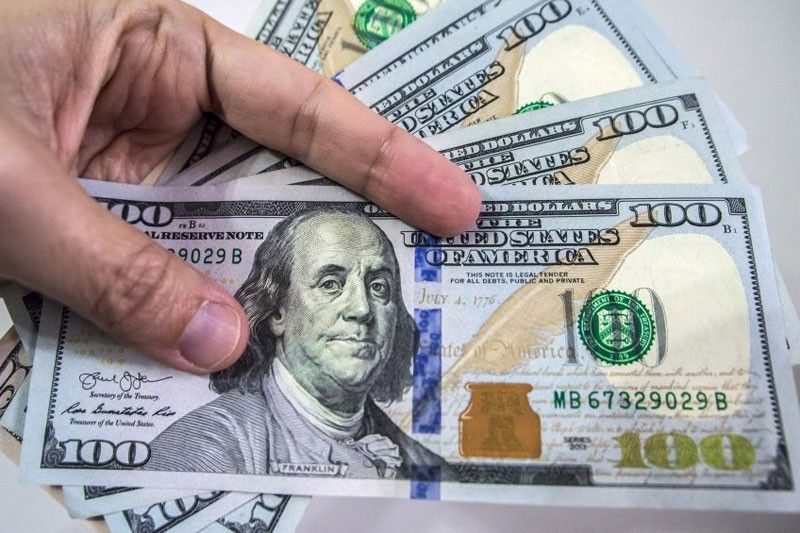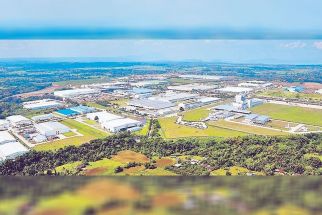BOP surplus in December highest in 7 years

Full-year deficit trimmed to $2.3 B
MANILA, Philippines — Strong inflows arising mainly from the foreign exchange operations of the Bangko Sentral ng Pilipinas (BSP) boosted the country’s external payments position with the balance of payments (BOP) recording the biggest surplus in almost seven years.
The BSP reported yesterday the BOP surplus reached $2.44 billion in December, 166 percent higher than the surplus of $917 million recorded in December 2017.
The surplus last month was also the biggest since the $3.18 billion recorded in July 2012.
The BOP is the difference in total values between payments into and out of the country over a period. A surplus means more foreign exchange flowed into the country from exports, remittances from overseas Filipinos, business process outsourcing earnings and tourism receipts than what flowed out to pay for the importation of more goods, services and capital.
“Inflows in December 2018 stemmed mainly from the BSP’s foreign exchange operations, national government’s net foreign currency deposits, and BSP’s income from its investments abroad during the month. These were partially offset, however, by the payments made by the national government for its foreign exchange obligations during the month in review,” the central bank said.
This helped slash the 2018 shortfall to $2.31 billion, lower than the revised full-year deficit assumption of $5.5 billion or 1.6 percent of gross domestic product (GDP), after peaking at $5.59 billion in end-October due mainly from the reversal of the current account to a deficit with the continued widening of the trade-in-goods deficit.
The BOP deficit in 2018 was also 167 percent wider than the $863 million shortfall recorded in 2017.
“The higher cumulative BOP deficit for the period may be attributed partly to the widening merchandise trade deficit for the first 11 months of 2018 that was brought about by the sustained rise in imports of raw materials and intermediate goods as well as capital goods to support domestic economic expansion,” the BSP said.
Latest data from the Philippine Statistics Authority (PSA) showed the trade deficit widened by 61 percent to $37.69 billion from January to November last year from $23.41 billion in the same period in 2017.
Imports grew by nearly 16 percent to $100.45 billion from $86.74 billion amid strong importation of capital equipment and raw materials to support the growing economy, while exports contracted close to one percent to $62.77 billion from $63.33 billion amid the soft global markets.
The peso emerged as the third worst performing currency in the region after the Indian rupee and Indonesian rupiah. It lost 5.3 percent to close 2018 at 52.58 to $1 from 49.93 to $1 in end 2019.
The local currency rebounded strongly in the last quarter after hitting its lowest level in 13 years after closing at 54.325 to $1 on Sept. 26.
The BSP said the BOP position reflected the final gross international reserves (GIR) level of $79.19 billion in end 2018, exceeding the revised target of $76 billion, enough to cover seven months’ worth of import of goods and payments of services.
The foreign exchange cover is also equivalent to six times the country’s short-term external debt based on original maturity and 4.1 times based on residual maturity.
- Latest
- Trending






























